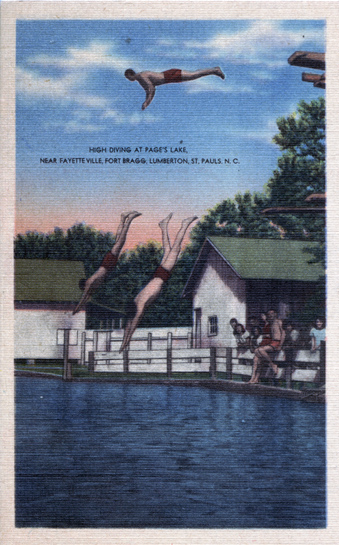The Reverend D.F. (Doctor Fuller) Lowry and Dr. Adolph Dial on the porch of the Henry Berry Lowry Home. Originally built by his father, Allen Lowry, in the Hopewell area of Robeson County the home was moved to the grounds of the North Carolina Indian Cultural Center in 1987 and restored. The Center is home of the “Strike at the Wind” a drama that portrays the life of Henry Berry Lowry.
Henry Berry Lowry, was the leader of the Lowery Gang which operated in Robeson County from 1864 – 1872. His gang worked to avenge the murder of his father and brother by the Home Guard. Lowry was arrested for the murder of Postmaster James P. Barnes but escaped from the Whiteville jail in which he was being held. He disappeared and many opinions have developed over the years to explain his absence. Some say he was accidentally killed and buried by his gang members while others say he escaped to the North or Mexico. Henry Berry Lowery married Rhoda Strong, who was known for her beauty.








